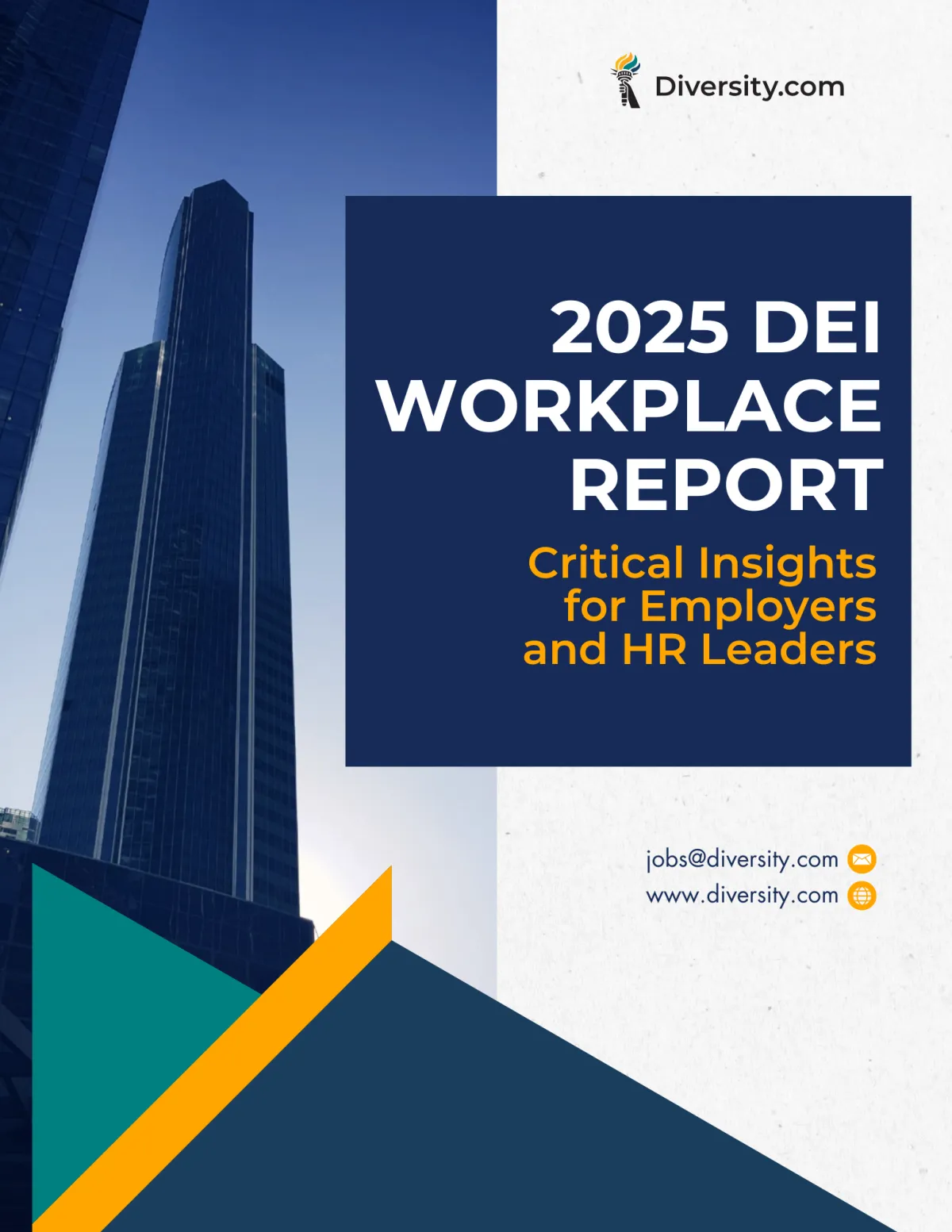
The State of DEI in Tech: How Companies Can Build More Inclusive Teams
The tech industry has long been criticized for its lack of diversity, equity, and inclusion (DEI), with underrepresentation of women, Black, Latinx, and Indigenous professionals in technical and leadership roles.
While many companies have pledged to improve DEI, progress remains slow and uneven across the sector.
This article explores the current state of DEI in tech, the challenges companies face, and actionable steps they can take to build truly inclusive teams.
1. The Current State of DEI in Tech
While DEI challenges in tech are widely discussed in the U.S., companies operating globally face additional barriers such as cultural biases, differing legal frameworks, and varied access to tech education.
Addressing DEI on a global scale requires a nuanced approach tailored to each region’s specific needs.
Despite growing awareness and investment in DEI initiatives, tech companies still struggle with representation and inclusion. Here are some key trends:
📉 Women make up only 28% of the tech workforce, with even lower representation in leadership and engineering roles. (AnitaB.org)
📉 Black professionals hold only 5% of tech jobs, despite making up 13% of the U.S. workforce. (McKinsey)
📉 Latinx representation in tech is just 6.8%, showing little improvement over the past decade. (Kapor Center)
🔎 Real-World Example
Google’s 2023 DEI report showed modest gains in Black and Latinx representation, but retention remained a challenge, particularly for women of color.
In contrast, Uber faced criticism in 2021 for failing to meet its diversity hiring targets, highlighting the ongoing struggles many tech firms face in translating DEI goals into sustainable outcomes. (Google Diversity Report, Uber DEI Report)
2. Challenges to DEI in Tech
1. Unconscious Bias in Hiring & Promotions
📌 Referral-based hiring tends to favor homogeneous networks, limiting opportunities for underrepresented candidates.
📌 Bias in performance evaluations often disadvantages women and employees of color in promotion cycles.
Example: A Harvard Business Review study found that Black engineers receive less actionable feedback compared to their white peers, impacting career growth. (HBR)
2. Workplace Culture & Retention Issues
📌 Microaggressions and exclusionary practices lead to high turnover rates for marginalized employees.
📌 Lack of psychological safety discourages employees from speaking up about bias and discrimination.
Example: A 2022 report by the Kapor Center found that 47% of underrepresented employees left tech due to workplace culture issues. (Kapor Center)
3. Lack of Accountability & Measurable DEI Goals
📌 Many companies set vague DEI goals without clear accountability structures.
📌 Lack of data transparency makes it difficult to track real progress.
Example: In 2021, Pinterest faced backlash for its failure to retain and promote women of color, leading to new DEI accountability measures. (Pinterest DEI Report)
3. How Tech Companies Can Build More Inclusive Teams
1. Implement Bias-Free Hiring & Promotion Practices
📌 Use structured interviews and skills-based hiring to reduce bias.
📌 Partner with diverse talent pipelines (e.g., HBCUs, bootcamps, and nonprofit tech programs).
Example: Microsoft redesigned its hiring process to include blind resume reviews and diverse hiring panels, leading to a 15% increase in diverse hires. (Microsoft)
2. Foster an Inclusive & Equitable Workplace Culture
📌 Train managers in inclusive leadership and bias mitigation strategies.
📌 Support Employee Resource Groups (ERGs) and fund DEI initiatives.
Example: Slack introduced an ERG-led mentoring program that increased retention among underrepresented employees by 25%. Studies show that companies with well-supported ERGs experience a 35% higher retention rate for employees from diverse backgrounds. (Slack, McKinsey)
📌 Train managers in inclusive leadership and bias mitigation strategies.
3. Hold Leadership Accountable for DEI Progress
📌 Tie DEI success to executive performance reviews and compensation.
📌 Publish annual DEI reports with clear metrics and action plans.
Example: Intel ties a portion of executive bonuses to DEI targets, ensuring accountability at the highest levels. (Intel)
Final Thoughts: The Future of DEI in Tech
While progress has been slow, companies that invest in systemic DEI changes, inclusive leadership, and accountability structures will create more innovative, high-performing, and diverse workplaces.
The tech industry has an opportunity to lead by example—but only if DEI efforts move beyond statements to measurable action.
Key Takeaways
✅ Tech companies still face major DEI challenges, including hiring bias, workplace culture issues, and lack of accountability.
✅ Companies like Microsoft, Slack, and Intel are implementing effective DEI strategies to build more inclusive teams.
✅ Actionable steps include bias-free hiring, inclusive workplace practices, and leadership accountability.
✅ Sustained DEI efforts lead to better employee retention, innovation, and business success.
🚀 Build a More Inclusive Tech Team
💼 Employers: Want to attract and retain diverse tech talent? Start by implementing equitable hiring and retention strategies. Build an inclusive team with Diversity.com.
🔎 Job Seekers: Looking for a tech company that values DEI? Browse DEI-focused tech job opportunities on Diversity.com!

